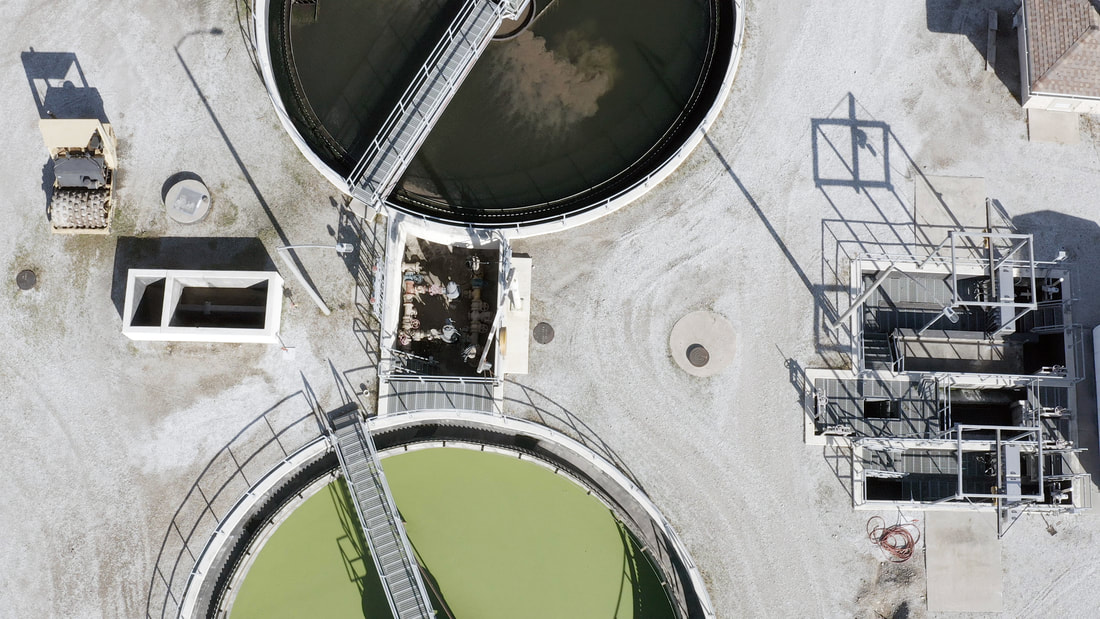|
Technical writing does not have to be boring.
Technical writing does not have to be difficult to read. Architects, Engineers, and Contractors often write technical information. As an AEC marketer, you have the task of taking this technical writing and translating it so non-technical readers will understand it. Here are three improvements you can share with your technical writers to move from boring and difficult to interesting and easy!
That's it! Simple to advise, but maybe a tad difficult to execute. So let's practice. Here's an example of a difficult to read technical scenario. "The improvements included addition of additional dewatering and conveyance equipment, storage and load-out systems, SCADA improvements, and a new operations facility to include lab space, control stations, and restrooms. This project was executed by the Construction Manager at Risk (CMAR) Alternative Project Delivery Method to facilitate a completion date one year earlier than traditional project delivery approaches.” This scenario has a Flesch-Kincaid Reading Ease score of "0"! That means the paragraph is virtually incomprehensible. Applying the three improvements, here's how this same information can transform from difficult and boring to easy and interesting. "We improved several systems. These included;
We broke up two long sentences into four shorter sentences. We eliminated unnecessary words like, "addition, additional, systems, improvements, facility, project, executed, date one year earlier, project delivery." We took a list of seven items separated by commas and made a bulleted list of four items. By completing these three improvements the Flesch-Kincaid Reading Ease score jumped from "0" to "26." The grade level improved from "20.0" to "11.0." BONUS If you want to take technical writing to the next level, consider how you can make the data tell a story. Using the same scenario above, consider the following improvement in creating a story from the data. "The owner of the wastewater treatment plant needed many improvements in a short timeframe. We quickly joined forces with a capable contractor and suggested a Construction Manager at Risk (CMAR) Alternative Project Delivery Method. This method reduced the schedule by nearly a year. Together, our team delivered the needed improvements within the owner's tight schedule. These improvements included;
Notice how compelling and interesting a short story can be. In less than 100 words, we not only uncluttered boring data, but we made the data support what really matters. The owner's improvements were achieved in a shorter timeframe.
0 Comments
Communicating process is about letting others know where you are in the process of delivering requested information or in completing a task. Most never think about communicating process because they do not see the value in it. However, when you communicate the process, it lets those who are depending on you know that you are working on what they need and whether you are on target or running behind. This is true for both external clients and internal colleagues. Let’s consider a few scenarios to tease out what communicating process looks like.
In both scenarios, talking to the client frequently and with full disclosure is your best option. It is not always the most comfortable option, but it is best for the client. Leaving a client in the dark and wondering about what is going on is never a good idea. Communicating the process is your best practice for keeping clients engaged and informed, even when the news is bad. Additionally, communicating process with your colleagues is a good idea. When someone internally is waiting for you to complete a task or deliver information, communicate your process. Keep each other informed as to your progress or lack thereof. If someone emails you a request, let them know you received it and what your plan is for delivering. |
AuthorGabe Lett, FSMPS, CPSM, LPC Archives
May 2024
Categories
All
The views and opinions expressed on this blog do not necessarily represent the views or opinions of Prairie Engineers.
|



 RSS Feed
RSS Feed